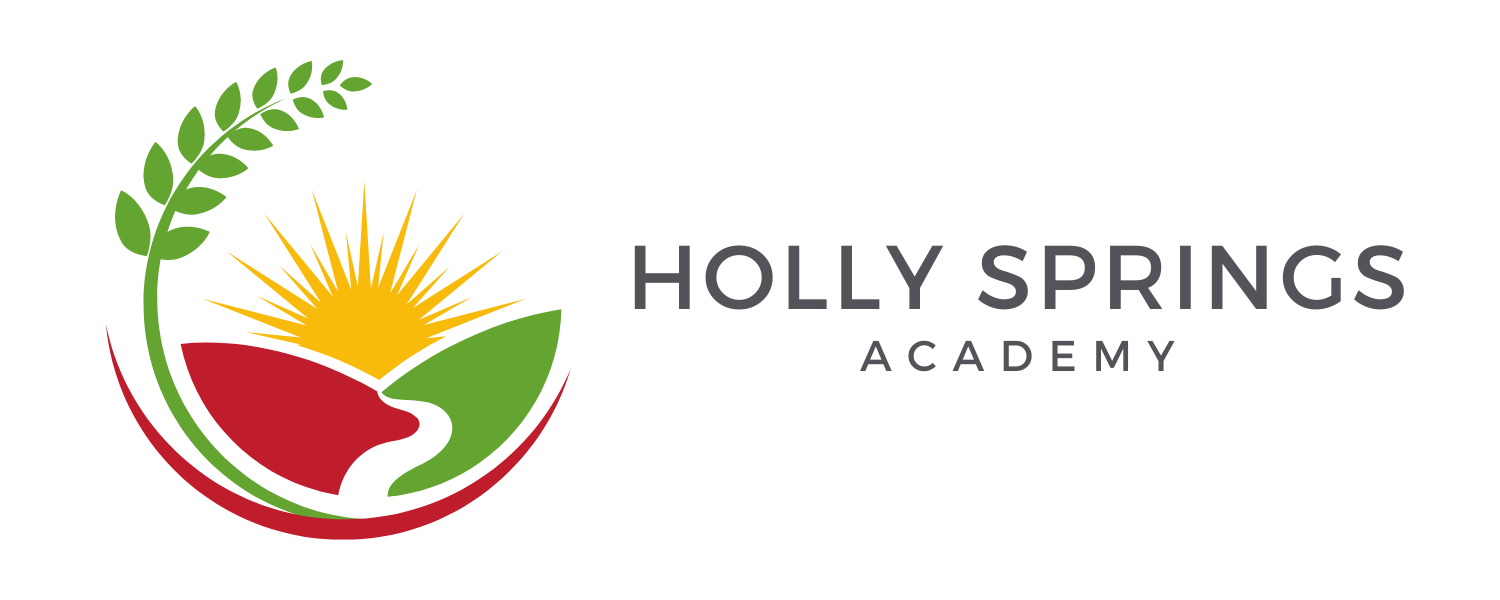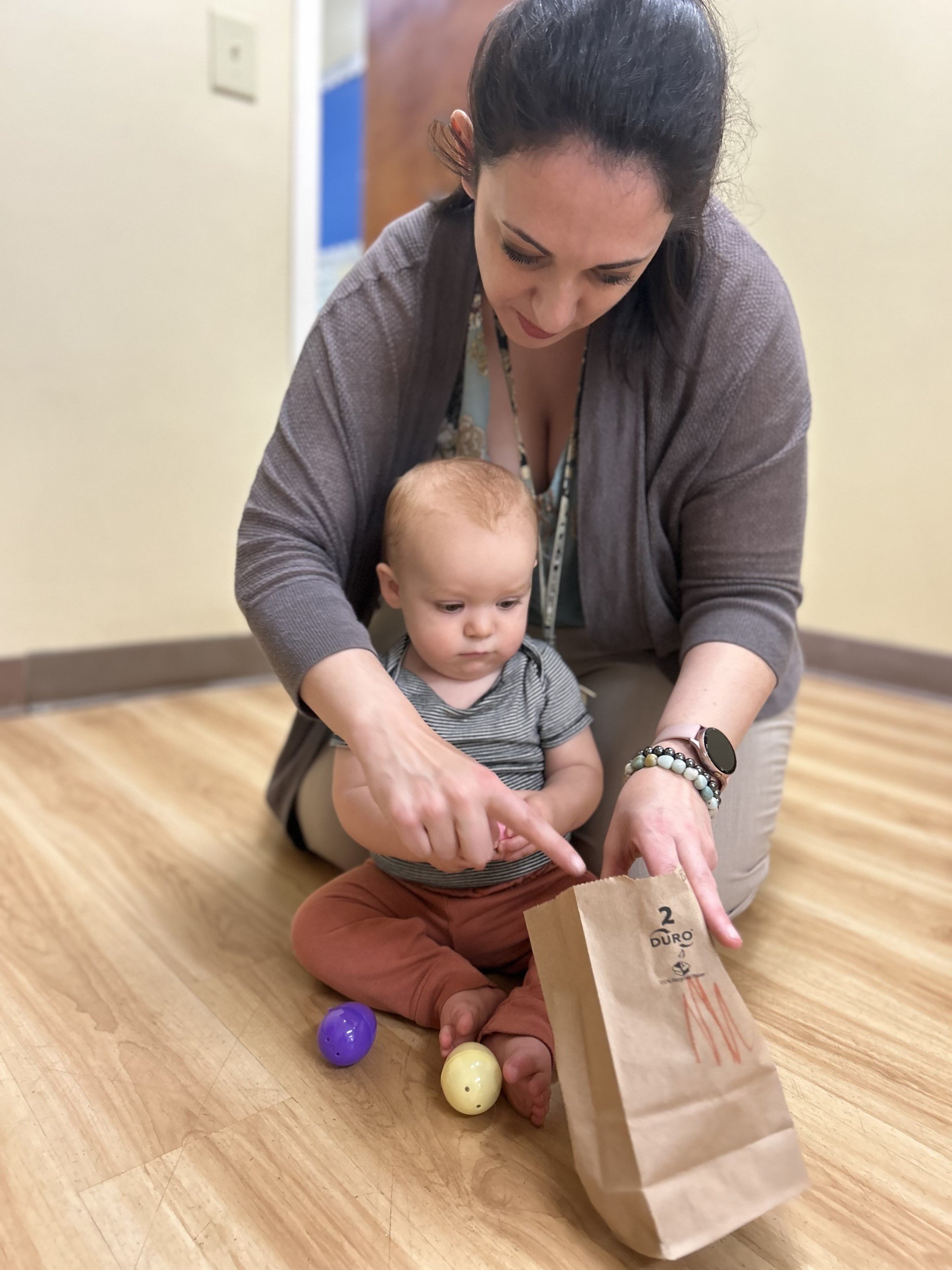YOUNG CHILDREN'S APPROACHES TO LEARNING
Our philosophy empowers the creativity of the teacher to organize the physical classroom and implement instruction in order to reach children at all learning levels with an integration of auditory, kinesthetic and visual techniques. Because development of well-rounded individuality is paramount for young children, a child's individuality is effectively nurtured.
Our early childhood program's main focus is preparing the children to become active learners and responsible citizens beginning within the classroom.
The program creates a curriculum that coincides with the capacities and the needs of children at various stages of development, providing opportunities for interaction with the environment that are so important for learning and growth.
CHILDREN’S APPROACHES TO LEARNING IN PRE-K
Our students are encouraged to explore a variety of activities, materials, and places. Allowing children to choose from a variety of materials helps them to stimulate their flexibility, imagination, and inventiveness — all of which engage children in their own learning process of planning and carrying it out, reasoning and problem-solving, and interacting with others.
SOCIAL-EMOTIONAL DEVELOPMENT
Our curriculum focuses on making connections between home and school, and it includes the experience of separation from home and family. Children learn to build trusting relationships with others and how to be a part of a group. They also begin to understand how they are different from, and similar to, others.
LITERACY & LANGUAGE DEVELOPMENT
Literacy and language development builds on the social and cognitive skills of speaking and listening that young children have already acquired. Children are encouraged to express themselves, their ideas, feelings, and experiences, as well as to engage in dialogue and discussions.
Our literacy & language development curriculum revolves around the following goals:
Communication and expression about self, others, and the physical world
Appreciation of the points of view of others
Sense of story
Phonemic awareness
Making a connection between the spoken and written word
Love of books, the language of books, and of authors
Interests in symbolic representation (i.e., drawing, letters, sounds, print), use of symbols to represent experiences, ideas, and feelings
A variety of age-appropriate techniques and activities are used to accomplish these goals, including, but not limited to: recording stories children dictate, creative dramatics, making a group and individual books, reading and discussion of the daily chart, writing signs and writing simple stories using invented spelling.
MATHEMATICS
Mathematics is a part of the core curriculum. Concrete and active experiences in math provide a solid foundation from which children can build an understanding of abstract mathematical ideas. Preschoolers work with different kinds of mathematical materials, including unit blocks, pegs, pegboards, pattern blocks, unifix cubes, dice and woodworking materials.
Teachers plan daily activities that support children developing important basic mathematical concepts:
One-to-one correspondence and counting
Numerical relations, ordering, and sequencing
Sorting and classifying
Geometric understandings about space, volume, and shape
Measurement of size, weight, time and temperature
Patterns
Estimation
Pictorial representations of data
SCIENCE
As with the other curriculum domains, there is not a "science" hour; it is integrated into everything children do during their school day. Teachers encourage children to develop an attitude of respect for nature and their surrounding environment. Children record, order, categorize, generalize, discuss and make predictions based on their observations of the natural environment and natural materials. They also explore transformation, cause-and-effect relationships and the relationship between functions.
PHYSICAL HEALTH & DEVELOPMENT
All children need opportunities to move and use their bodies. Young children do so constantly as they experiment with what their bodies can do and where their bodies will fit. Just as children like to manipulate toys, they enjoy putting their bodies in, on, under, over, through, behind and around. Children also have the opportunity to explore sounds and rhythms with drums, tambourines, xylophones, maracas and other non-pitched musical instruments.







